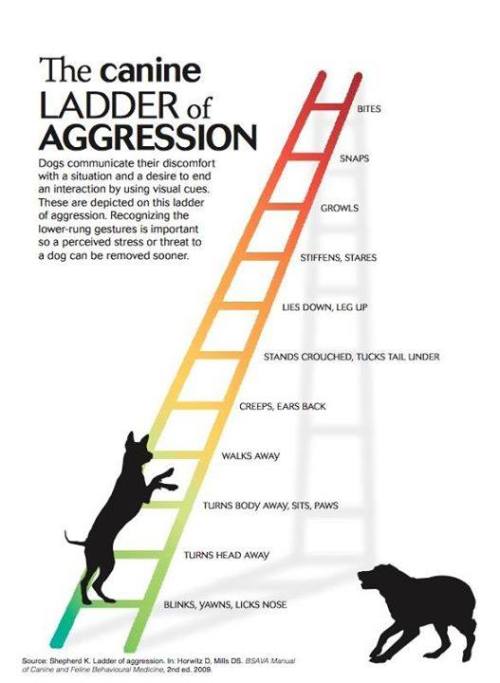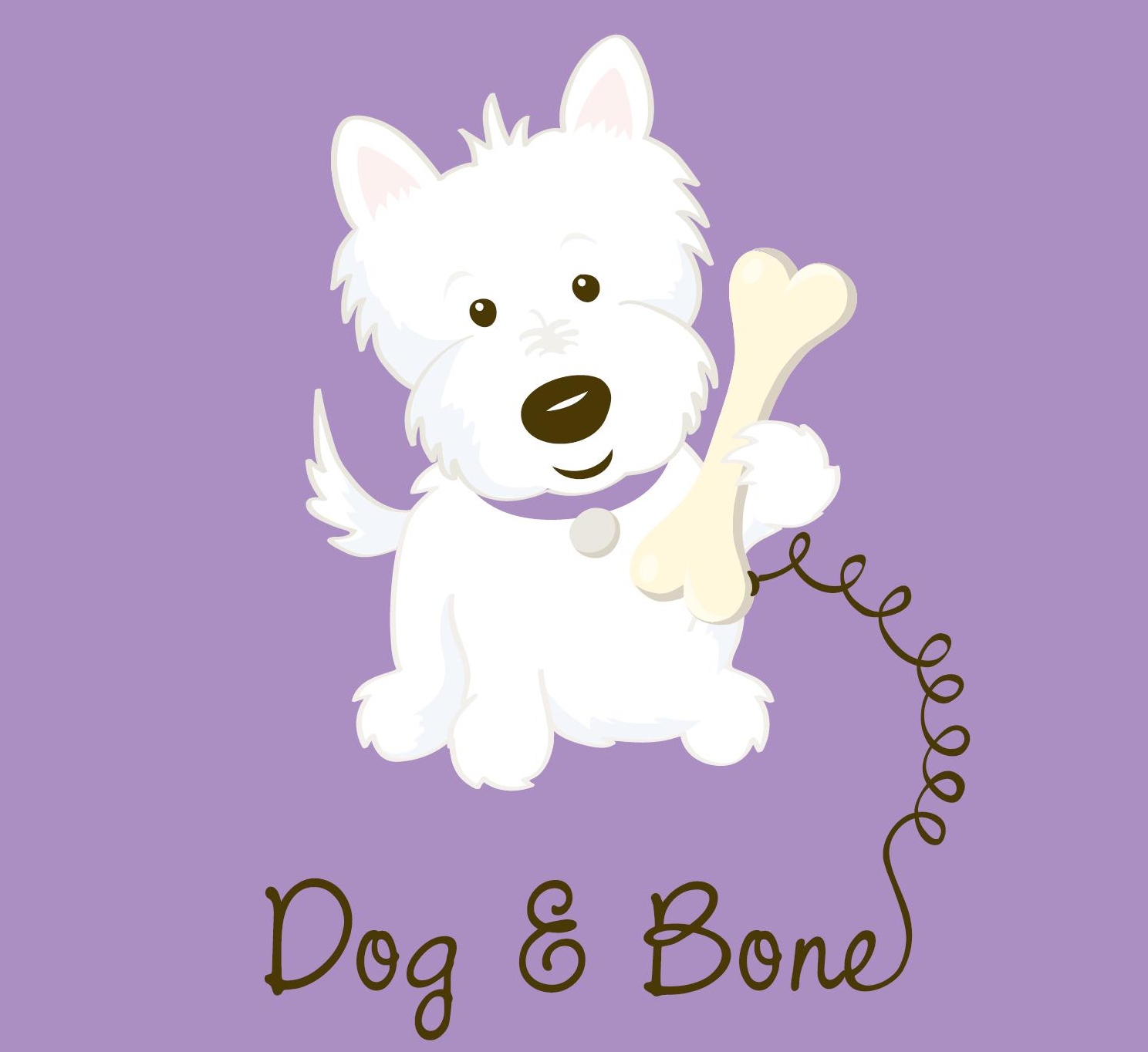Another of the common questions I get asked whilst grooming peoples dogs, is have you been bitten or how to you prevent a dog bite? My personal opinion is it is very rare for a dog to bite for no reason. As someone who spends a great deal of time around dogs, both customers and my own, I believe you should be able to see a bite coming. Its just one of the reasons we like to allow extra time for nervous dogs. This avoids intimidating them in an environment they may not be used to.
A conversation with one of my university lecturers, who is also a qualified vet, disclosed her belief there are a couple of breeds that it may not be possible with. I also get concerned every time I read or hear of someone been bitten. Whilst it may not have been avoidable in every case, I believe a raised level of awareness could reduce the risk.
Aggression or Fear causing a Dog Bite
Ciribassi(2015) highlights the possibility that often signs of aggression in dogs can be fear related, in response to their uncertainty over humans actions. He also highlights the need for aggression in a dogs life to certain levels, for example in play and in self defence.
The risk of escalation of aggression can occur, if a dogs signals are not read correctly. Ciribassi also notes that often a dominant owner approach can also risk this escalation. Dr Sophia Yin provides several easy to ride posters on her website: Signs of Dog Fear/Aggression. A more detailed list can be found here :Dr Marty Beckers Signs of Anxiety and fear

Suggestions for Dog Bite Reduction
The above diagram shows some of the basic signals. Jalango(2008) writes on the benefit of teaching young children how to interact safely with dogs at an early age, The tips she passes on could well be of benefit to adults:
- Always ask before stroking a strange dog
- Let a do sniff the back of your hand first, pet gently, never on the face or head
- Ascertain what the dog enjoys, engaging in this behaviour will benefit the relationship
- Its unwise to interrupt a dog eating, it may assume you are after its food and defend it
- When offering treats, use an open hand, it reduces the risk of accidental bites if held in fingers
- A hug or squeeze can be intimidating to a dog, it could lead to a bite
- Avoid reaching into crates, cars over fences etc to fuss a dog, it may be territorial
- Let sleeping Dogs Lie ! a disturbed dog may be scared and try to bite
- Avoid petting dogs tied up alone, they may find it intimidating
- Teasing dogs, can lead to bites
- Inappropriate rough play can result in injury if a dog snaps or jumps up
- When approached by a strange dog, remain still and quiet
- if chased by a strange dog, don’t run and scream, usually then the do will go away
- If knocked over by a do, curl up cover your face and neck with arms and hands
- If you find a sick or hurt dog, find assistance, scared and hurt dogs may bite
- Never bother a bitch taking care of her puppies, she may bite to protect them
Dog Bite Prevention in Education?
Demirbas et al(2016) found that even owning a dog may not lead to the correct interpretation of signals given off by a dog, and make recommendations for obtaining theoretical knowledge. Possibly crucial when dogs and kids are been supervised. Cinnamon et al(2011) carried out a study with 5-15 year olds, of which 43% lacked Knowledge in relation to dog bite prevention. 70% of those involved had never received preventative education despite 88% of the parents desiring it. This would support Jalango’s view there is a place for it in the curriculum.
And Finally..
I would suggest that by the very nature you’ve read this far, you are a responsible dog owner. I may not be the best at putting it across, but we really do need to raise awareness and education around dog ownership, not just for reducing the risks of bites, but for ours and our canine friends welfare. This is less than dipping a toe in the resources and information out there, you could be amazed at how much you enjoy the further reading
refs:
Cinnamon et al(2012) “Dog Bite Prevention:An Assessment of Child Knowledge” “The Journal Of Pediatrics” Feb p337-341
Dermibas et al(2016) “Adults ability to Interpret CAnine Body Language during a Dog-Child Interaction” Anthrozoos 29(4) p581-596
Jalango (2008) “Beyond a Pets Theme:Teaching Young children to Interact Safely with Dogs” Early Childhood Education Journal 36 p39-45



